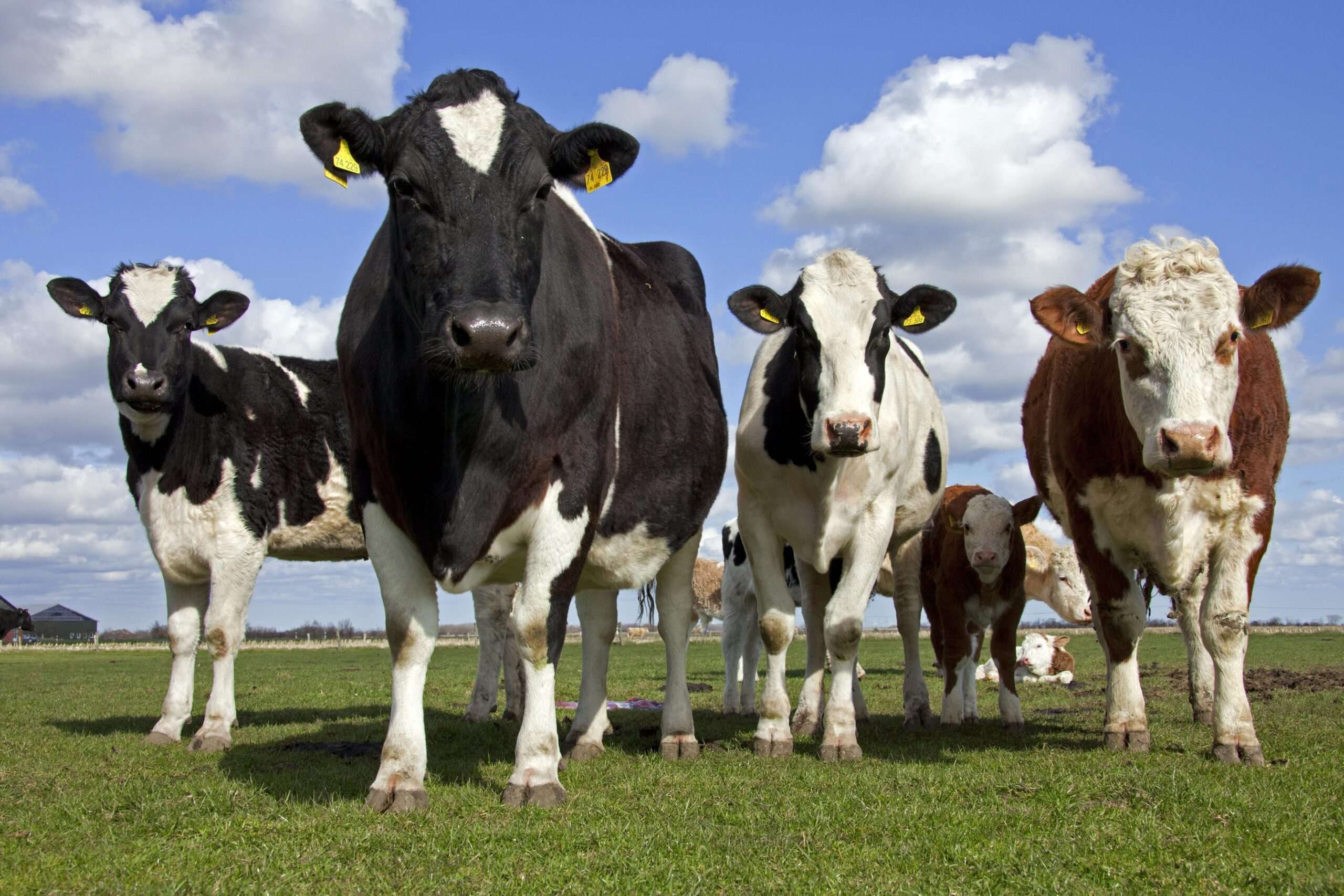The government has a long history of utilizing tracking technology to monitor our movements, habits, and preferences. From cellphones and cars to snow plows and garbage trucks, governments seem intent on tracking anything that moves—or moos.
The USDA recently approved a rule—set to be enforced in a few months—that mandates all cattle and bison transported across state lines to be fitted with radio-frequency identification (RFID) ear tags. RFID technology utilizes radio frequency waves to transmit and collect data through electronic tags and scanners. The technology is akin to an electronic or remote barcode, allowing scanners to read an RFID chip from a few meters up to approximately 100 meters away. Similar to a limited-range GPS system, RFID can track location and function as a data collection and storage system.
In the livestock context, scanning an RFID tag swiftly retrieves information such as a cow’s birth date, weight, vaccination records, ownership history, farm visits, and movements. The USDA justifies the RFID mandate on public health grounds, asserting that it can aid in tracking and eradicating potential livestock disease outbreaks like mad cow disease or hoof-and-mouth disease.
While the mandate’s intentions may seem reasonable, its effectiveness is uncertain, and it will significantly impact small and independent ranchers and cattle farmers, as evidenced by various challenges and drawbacks.
For instance, many ranchers already desire to identify their cattle and have traditionally used physical metal tags for this purpose. Electronic RFID tags are twice as costly as traditional tags and necessitate investment in scanners and software, making the transition financially unfeasible for many small farms. Additionally, farmers find electronic tags harder to visually identify from a distance, impacting activities like cattle drives. Consequently, most farmers continue to use physical tags alongside electronic tags, resulting in dual investments.
There’s also the issue of tag retention. Ken Fox, a South Dakota cow farmer, and chair of R-CALF USA’s Animal Identification Committee, highlighted that cows often lose RFID tags over time, posing challenges for long-term tracking.
Small and medium-sized farms and ranches will bear the brunt of the mandate’s burden, as larger operations can afford dual tagging with physical and electronic tags. The rule also benefits large cattle operations by permitting “group identification” for certain herd sizes and continuity, further disadvantaging smaller players.
Concerns extend to data privacy, as RFID tags lack the ability to differentiate between scanners, potentially allowing unauthorized access to tag data. The USDA’s flexible language leaves room for more extensive tracking technologies beyond RFID, such as active RFID tags or GPS tracking via satellites.
Senator Mike Rounds has introduced legislation to prevent the USDA from mandating electronic tagging for cattle and bison, signaling growing awareness of regulatory overreach.
The USDA’s attempt to address an already managed issue through the RFID mandate is met with skepticism and resistance from various stakeholders within the livestock industry.
As Ken Fox aptly puts it, “Someone told me this story—NASA spent millions trying to develop a pen that could work in sub-zero temperatures and zero gravity. The Russians just used a pencil.”





